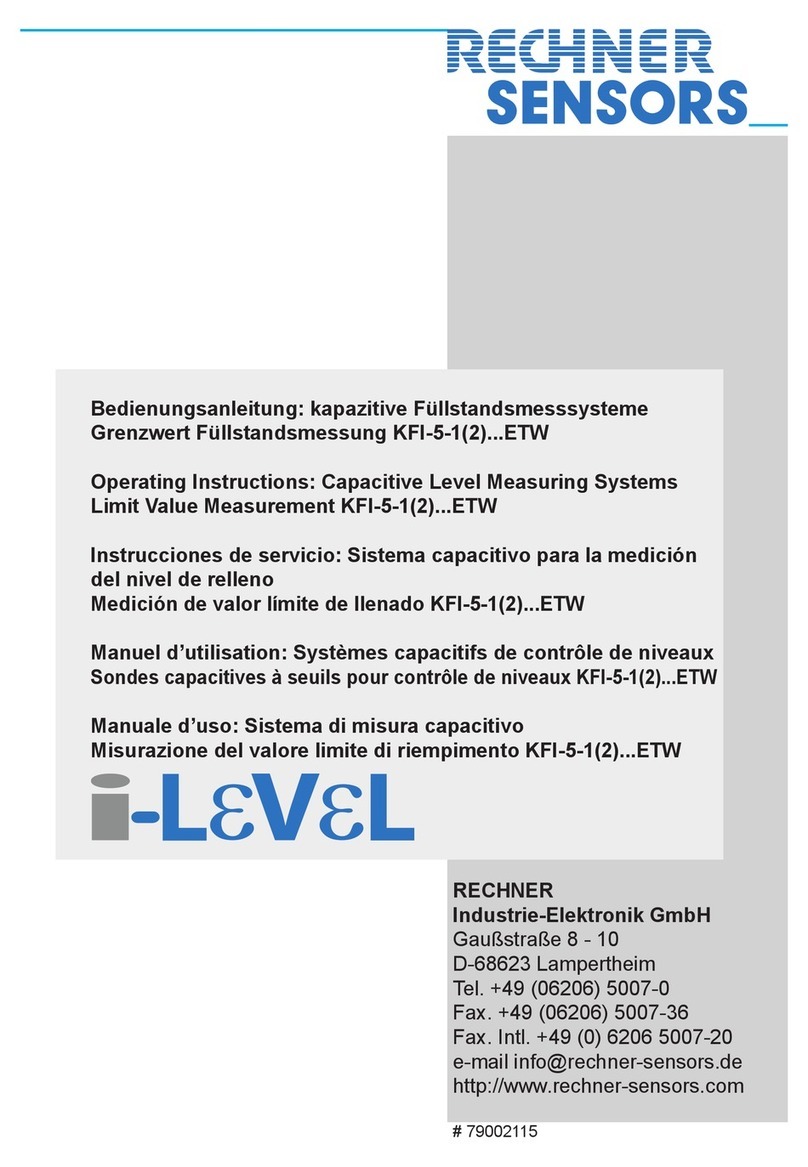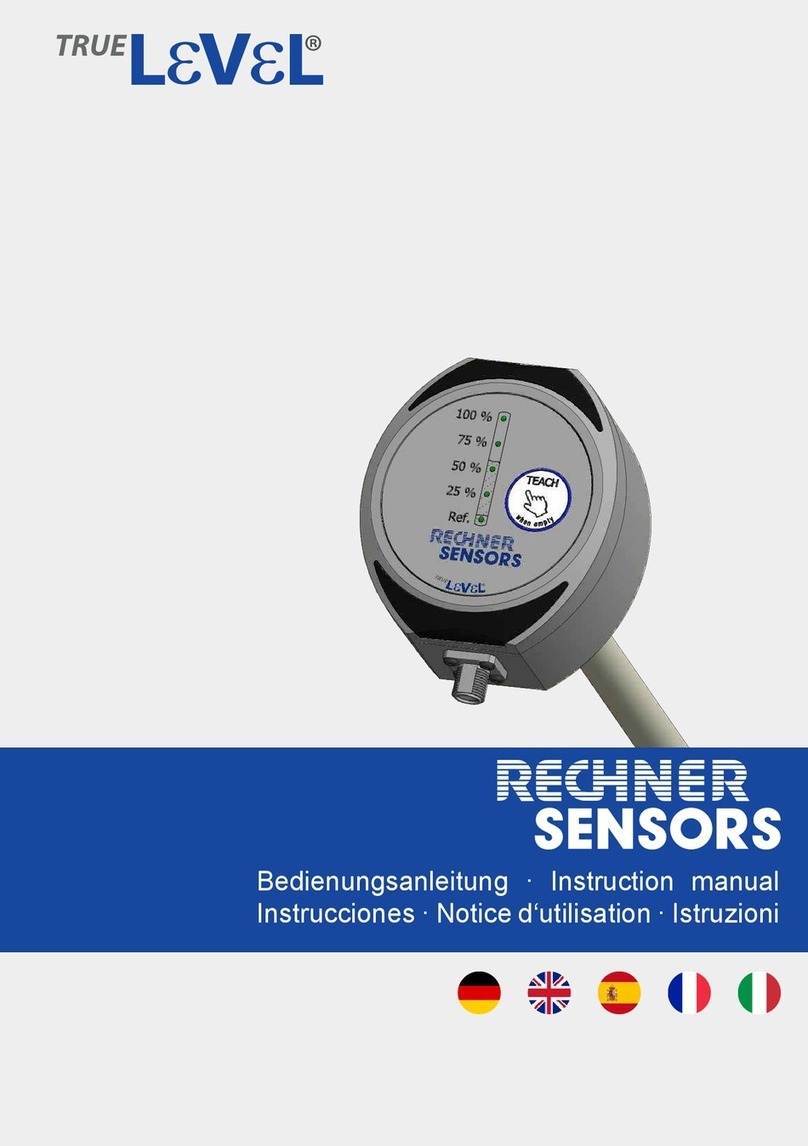2
Vorwort • Introduction • Introducción • Préface • Introduzione
Wichtige Hinweise
Diese Bedienungsanleitung vor der Inbetriebnahme lesen und genau beachten. Die Geräte dürfen
nur von Personen benutzt, gewartet und instand gesetzt werden, die mit der Bedienungsanleitung
und den geltenden Vorschriften über Arbeitssicherheit und Unfallverhütung vertraut sind. Entfer-
nen der Seriennummer sowie Veränderungen am Gerät oder unsachgemäßer Gebrauch führen
zum Verlust des Garantieanspruches. Die Bedienungsanleitung ist aufzubewahren.
Important Note:
Please read carefully and pay full attention to this instruction manual before powering up this
persons who are familiar with the instruction manual and the current rules of safety in the work
place and accident-prevention. Removal of the serial number, changes to the units or improper use
Nota importante:
Estasinstruccionesdeserviciodebenleerseyrespetarseescrupulosamenteantesdelapuestaenmar-
cha.
Sólolaspersonasqueconozcanperfectamentelasinstruccionesdeservicioylasnormasenvigor
sobre seguridad en el trabajo y prevención de accidentes pueden manejar, mantener y poner
el aparato o el uso indebido del mismo provocan la pérdida de la garantía. Las instrucciones de
operación deben conservarse para futuras consultas.
Remarques importantes:
La présente notice est à lire attentivement avant mise en service du matériel. Sa stricte observa-
tion est impérative. Les appareils peuvent être utilisés, entretenus ou réparés uniquement par du
personnel disposant du manuel d’utilisation et des attributions nécessaires en ce qui concerne la
-
tion de l’appareil ou son utilisation inappropriée conduiront à la perte de la garantie. Cette notice
d’utilisation est à conserver pour de futures consultations.
Nota importante:
Vi invitiamo a seguire attentamente queste istruzioni prima di collegare il sensore. Queste appa-
recchiature devono essere usate e messe in funzione da persone competenti, che conoscono le
istruzioni, le norme vigenti di sicurezza e le norme di prevenzione incidenti. Il distacco del numero
della garanzia. Si prega di conservare il manuale di istruzioni per future consultazioni.
© RECHNER 08.2018 - Printed in Germany
Irrtümer und Änderungen ohne vorherige Ankündigung vorbehalten.





























